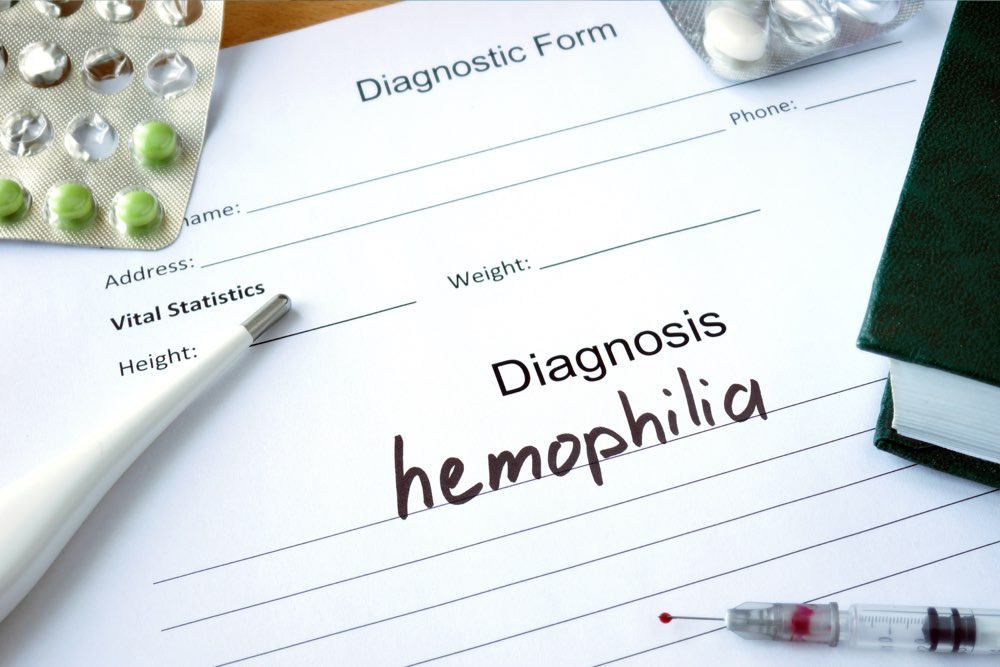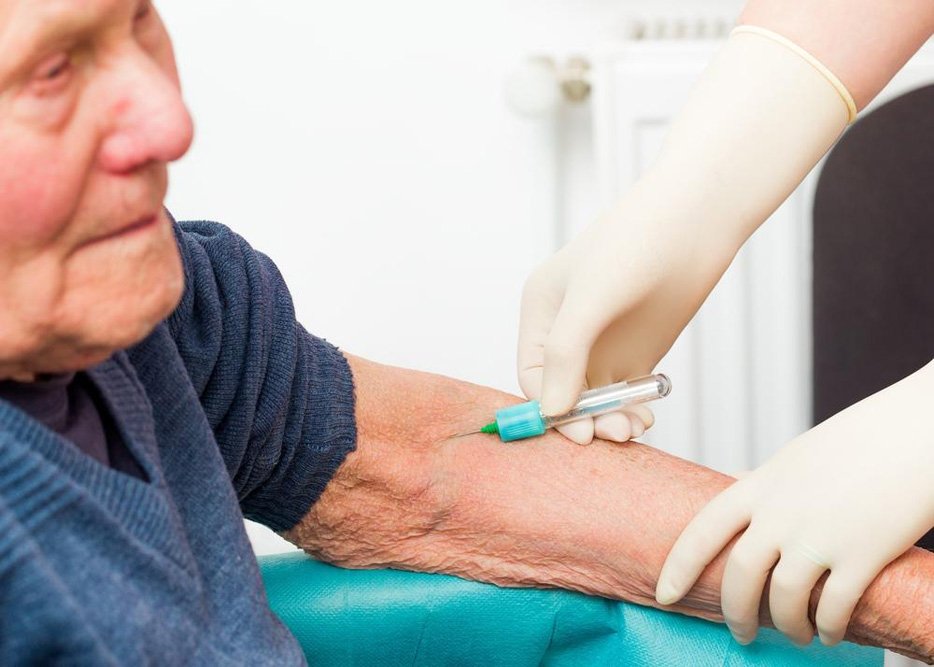Comprehensive Strategies to Reduce Risks Associated with Bleeding Disorders
This comprehensive guide discusses practical and effective strategies to reduce the risks associated with bleeding disorders. It emphasizes medical guidance, lifestyle choices, and safety precautions to help individuals manage their condition and prevent complications. Implementing these measures can significantly improve quality of life and reduce the severity of bleeding episodes, ensuring safer daily living and travel activities for affected individuals.

Effective Methods to Minimize Risks of Bleeding Disorders
Bleeding disorders are a group of conditions characterized by the blood's inability to clot effectively, leading to abnormal bleeding episodes. Under normal circumstances, the blood's clotting mechanism swiftly responds to injuries or surgical procedures by forming a clot to prevent excessive blood loss. However, individuals affected by bleeding disorders often face challenges such as uncontrolled bleeding from minor cuts, internal hemorrhages, or prolonged bleeding after medical interventions. These conditions pose significant health risks and may require long-term management strategies to prevent severe complications. In this comprehensive guide, we'll explore actionable steps, lifestyle modifications, and medical considerations that can help individuals with bleeding disorders reduce their risk of bleeding complications and improve their quality of life.
1. Avoid Blood-Thinning Medications Without Medical Supervision
One of the critical aspects of managing bleeding disorders involves avoiding medications that can exacerbate bleeding tendencies. Drugs such as aspirin, non-steroidal anti-inflammatory drugs (NSAIDs), certain herbal supplements, and anticoagulants are known to thin the blood or impair clotting processes. For individuals diagnosed with conditions like hemophilia, von Willebrand disease, or other bleeding disorders, self-medicating with over-the-counter drugs without consulting a healthcare professional can be dangerous. Always seek medical advice before starting or stopping any medication, especially those affecting blood clotting. Your healthcare provider might recommend alternatives or specific treatments that are safer given your condition.
2. Engage in Low-Risk Activities and Avoid Trauma
For individuals with bleeding disorders, physical activities and sports need to be carefully selected to minimize the risk of injury. Contact sports like football, boxing, or wrestling pose significant injury risks and should generally be avoided unless under strict medical supervision with appropriate protective gear. High-impact activities or those involving falls, such as mountain climbing or skateboarding, should also be approached with caution. Safer alternatives include swimming, walking, golf, and cycling. These activities not only promote physical health but also reduce the risk of physical trauma that could lead to bleeding complications. Always wear protective equipment when engaging in sports and inform coaches or activity organizers about your medical condition for suitable precautions.
3. Maintain Open Communication with Healthcare Providers
Proactive communication with your medical team plays a vital role in managing bleeding risks. Before undergoing any surgical, dental, or medical procedures, always inform your healthcare provider about your bleeding disorder. This ensures that appropriate precautions, such as clotting factor replacements or special anesthesia protocols, are in place. Regular check-ups and blood tests are essential to monitor the severity of your condition and adapt treatment plans as needed. Additionally, if you notice unusual bleeding episodes, bruising, or internal pain, seek immediate medical attention to address potential complications promptly.
4. Adopt a Balanced and Nutritious Diet
Nutritional management is an integral part of preventing bleeding complications. Maintaining a healthy weight and optimal blood pressure can reduce the stress on blood vessels and minimize internal bleeding risks. Incorporate foods rich in vitamins K and C, which play essential roles in blood clotting and vascular health. Leafy greens, citrus fruits, berries, and vegetables should be staples in your diet. Additionally, consider foods that support overall cardiovascular health like nuts, seeds, and whole grains. Avoid excessive alcohol consumption, which can impair liver function and affect clotting factor production. A diet tailored to your specific needs, possibly managed with a nutritionist’s guidance, can greatly contribute to your safety and well-being.
5. Prioritize Safety During Travel and Daily Activities
Travel involves various risks, especially for individuals with bleeding disorders. Ensuring safety during trips includes wearing seatbelts at all times, whether traveling by car, bus, or plane, to mitigate injury from accidents. When flying, inform airline staff about your condition and carry necessary medications and emergency supplies. Carry identification that details your bleeding disorder, such as medical bracelets or cards. Additionally, avoid situations with high physical risk, such as rough terrains or dangerous environments, unless appropriate precautions are taken. Planning ahead and informing travel companions about your risks can ensure timely assistance if needed. Implementing these safety measures helps protect against potential injuries and internal bleeding, particularly in unfamiliar or hazardous settings.
Conclusion
Managing bleeding disorders requires a proactive approach that combines medical oversight, lifestyle adjustments, and safety precautions. By avoiding medications that could worsen bleeding, engaging in safer physical activities, maintaining open communication with healthcare providers, adopting a nutritious diet, and exercising caution during travel, individuals can significantly reduce their risk of bleeding complications. Awareness and preparedness are key to living a healthy, active life despite the challenges posed by bleeding disorders. Always consult medical professionals for personalized guidance and follow their recommendations diligently to ensure optimal health outcomes.





